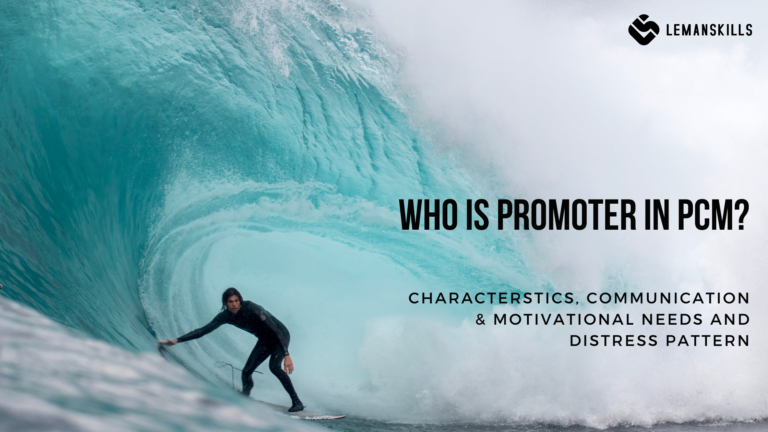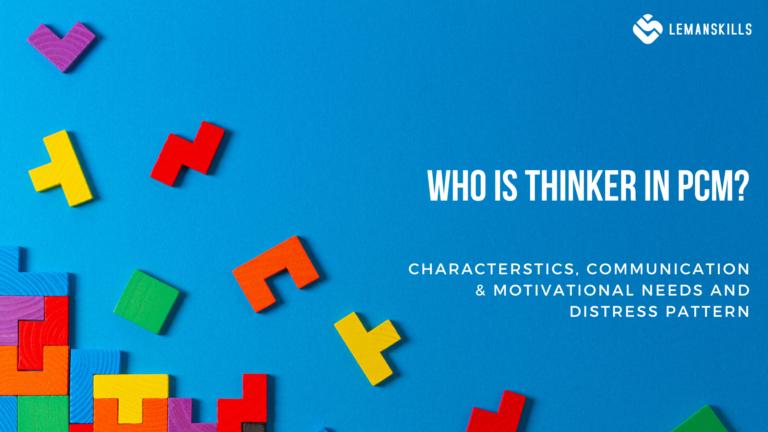The idea about this space is to encourage all of you to take care of your development and learning more on a daily basis. I see a lot of people with a huge potential who are struggling with ‘finding’ time to do it.
Because they are so busy.
Because they don’t have time.
Because they have kids so how on Earth they find even a minute for that.
I say: stop the excuses. I say as well that statement (a lot): ‘You don’t have the time? You make the time.’. Since it is all about making decisions how we spend our time, we can make better ones. Of course, we all live in our individual, unique circumstances but I do believe that we can find a way to work within them. To live our lives fully.
How to make more time?
‘I don’t have the time’ is a strong belief. And it is extremely easy to use, universal, always good. Because people will understand, right? We are all busy nowadays. And yet, as I work with many individuals, teams and organizations, I can see that we have a tendency to use easy excuses to not make an effort.
Of course, change is hard. And uncomfortable. It is demanding because we need to invest in it – time, money, effort, learning you name it. But most of the changes that aren’t successful are just too big from the very beginning. We have huge dreams, and that’s good – we should dream big. But we need to cut those dreams into smaller, more achievable pieces. Sounds obvious? Of course it is, but believe me – I see people every day who are doing the exact opposite thing, wishing that the outcome will be different. They are not using the easiest ways, feeling frustrated after first couple of days and just quit trying. I am going to teach you here how to use the easiest ways to achieve great results.
What are you going to get here?
In this blog I am going to show you the easiest. I will divide bigger tools, frameworks and ideas to smaller, more useful elements that you can use right away. I know that there are countless books, courses, conferences and digital learning spaces all over the internet. And I do know that sometimes it is just too much. We don’t know what to choose so we are not choosing at all. So I’ll be your guide through the infinity of knowledge and propose you those solutions that I believe can work.
I am a lifelong learner but also a lifelong reader. Based on that statement, I am going to share with you my thoughts and recommendations regarding books that I read. Again – making a structure on the infinity of books and giving you a WHY on choosing certain position to invest your time well.
I am also a manager and I support managers on a daily basis. Using that experience, I am going to share with you a lot of knowledge, tools and solutions that you can use if you want to become a manager, or you are one at the moment. It is really hard to find a good leadership training, so I hope that would support you on the way.
Shall we start?
If you want to take care of yourself better, it is a space for you.
If you want to make more time, it is a space for you.
If you feel stuck and you really want to change that, it is a space for you.
We need more simplicity, light and inspiration in our lives – so why don’t we start here to gain it together?





I was very pleased to uncover this site. I wanted to thank you for ones time for this particularly wonderful read!! I definitely liked every bit of it and I have you bookmarked to see new stuff on your blog.